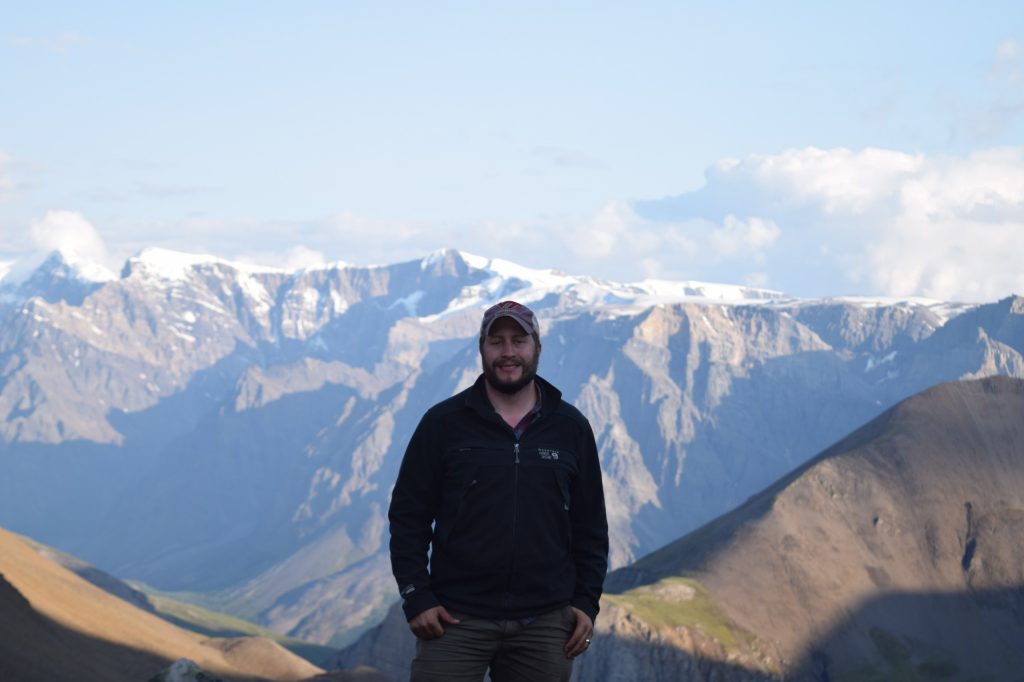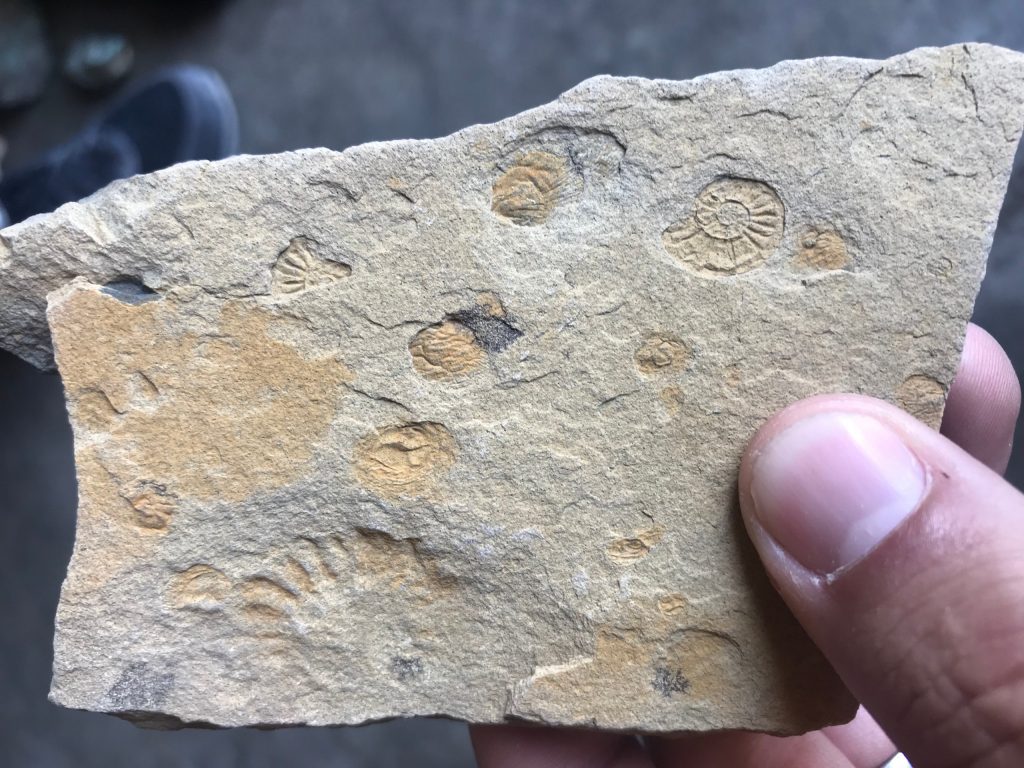
Scientists don’t yet know what caused the Triassic mass-extinction event — one of the largest extinction events in the history of our planet — some 200 million years ago. Some scientists point to an asteroid strike; others blame massive volcanic eruptions — each a sudden event; while still others blame a more gradual global climate change and rise in sea levels.
This event vacated terrestrial ecological niches, allowing the dinosaurs to assume the dominant roles in the Jurassic period. This event happened in less than 10,000 years and occurred just before Pangaea started to break apart. It resulted in the demise of some 76 percent of all marine and terrestrial species and about 20 percent of all taxonomic families.
Ben Gill, a geoscientist within the Department of Geosciences in the Virginia Tech College of Science, prefers the volcano scenario. “The volcanic eruptions hypothesis has by far the most support,” he said.
“It’s important to note, however, that those volcanic eruptions would have led to a cascade of environmental changes that would have been bad if you were living on the Earth during that time, such as global warming, deoxygenation of the oceans, and ocean acidification,” Gill said. “We still don’t have a good handle on which of these changes played major roles in the extinction event.”
Gill will now use a new, three-year $591,000 National Science Foundation (NSF) grant to — he hopes — solve this riddle. “Evaluating which of these changes were causes of the extinction is part of what we are trying to figure out with this project,” said Gill, an associate professor and an affiliated member of Virginia Tech’s Fralin Life Sciences Institute and Global Change Center.
Collaborating on the NSF grant with Gill are researchers from Florida State University and Western Michigan State University, along with international collaborators from Germany, Canada, and the Netherlands in a connected project.
The study has three core goals: 1) To determine the longer-term timeline of changes in life and the environment both before and after the extinction. “Most studies have focused on the time just around the mass extinction itself — give or take a few million years. We want to see if there are longer-term trends in the climate and environment that ultimately contributed to the mass extinction,” Gill said. 2) To determine the role that changing oxygen contents in the oceans had in the extinction event. 3) And to show what changes occurred in life and the environment in an understudied part of the planet. “Most of the studies on this extinction event have looked at locations from a relatively small part of the planet: the Tethys Ocean, an ocean that covered what is now modern-day Europe,” Gill said.
To accomplish all this, Gill and colleagues are investigating rocks in Alaska that were once sediment on the seafloor located in what was once the Panthalassic Ocean, the ancient version of what we now call the Pacific Ocean.

To pave the way for the larger NSF funded project, Gill and geosciences doctoral student Selva Marroquín have traveled to the remote Wrangell-St Elias National Park in Alaska three times, in the summers 2017, 2018, and 2019. The national park in Alaska is so remote that Gill and Marroquín and the rest of the team were dropped off via a small plane in alpine meadows for two to three weeks at a time.
“Enough was known about the study area to know rocks that preserved the mass extinction were there,” Gill said. “However, this pilot study was needed to establish how viable these remote sites were for a bigger study. They ended up being way better than even we expected.”
Since they were working in a national park, special collection permits were required for the group to collect fossils and rock samples to analyze in the lab. Back at Virginia Tech, geosciences undergraduate students Kayla McCabe and Michael Zigah have been involved in the subsequent lab work looking at the geochemistry of these rocks to unlock what they can tell us about this mass extinction.
By understanding the causes and ramifications of this long-ago extinction event, Gill said, he and other scientists will learn important context for understanding current and future global changes on our planet.



